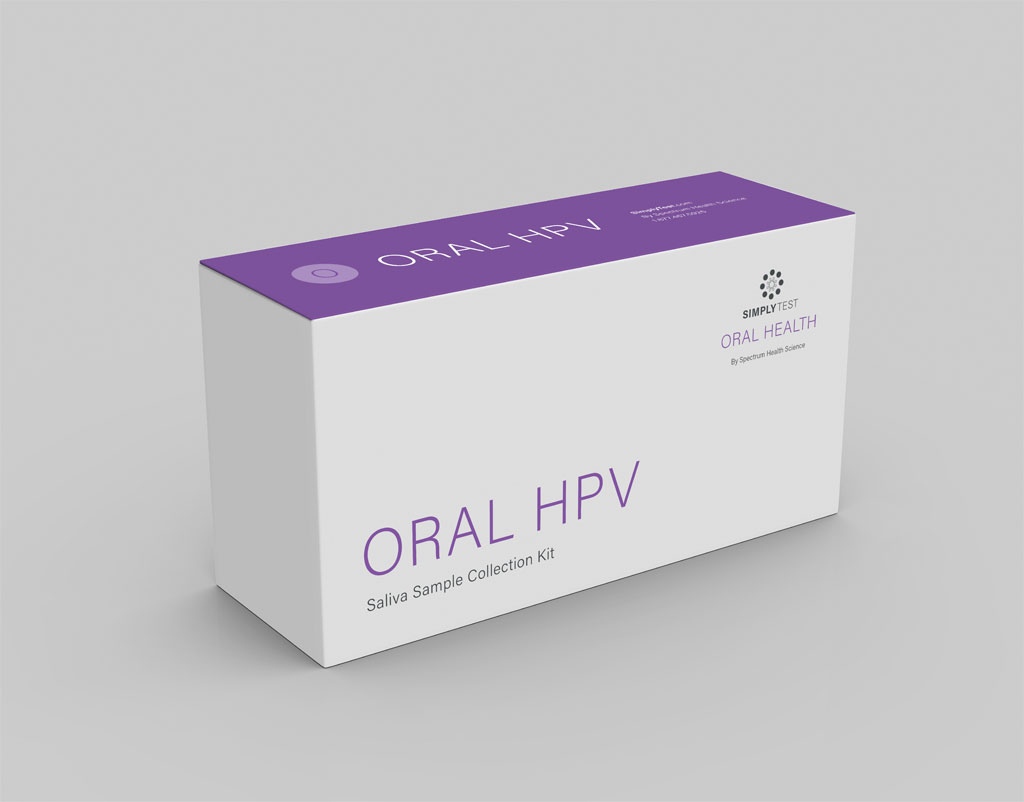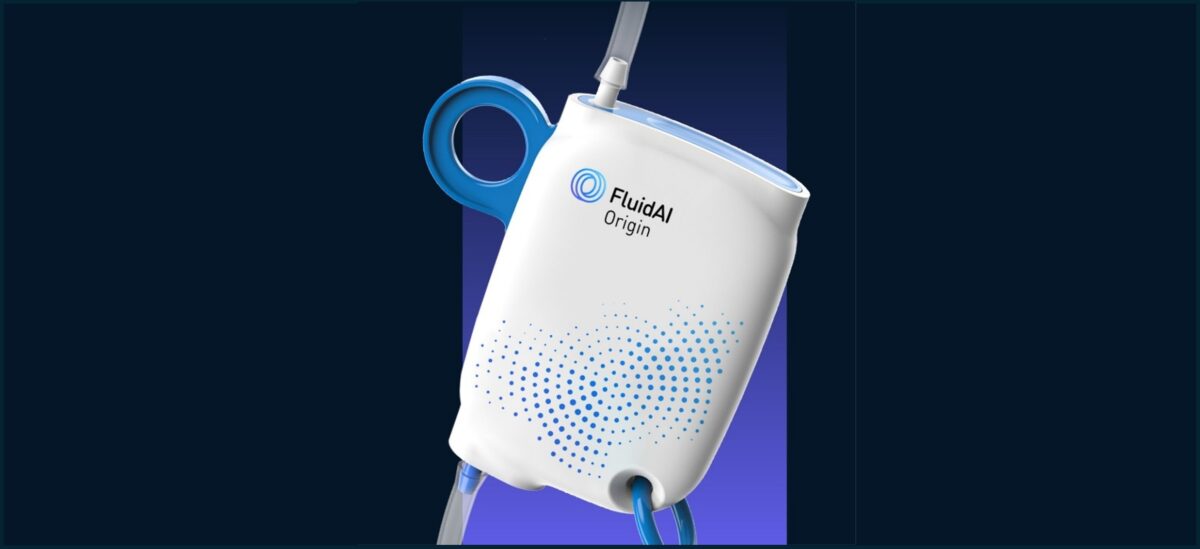On Monday, medical device company HistoSonics announced that the US Food and Drug Administration (FDA) has approved the company’s sponsored #HOPE4KIDNEY investigational device exemption (IDE) trial that uses a new sonic beam therapy called histotripsy. The clinical trial will evaluate the safety and technical success of the company’s Edison System in non-invasively targeting and destroying primary renal tumors without the need for incisions or needles.
The Edison System is a new technology used for the precise delivery and control of histotripsy. With the Edison System, physicians can monitor targeted tissue destruction under real-time visualization and control.
The Edison System is not available for sale right now as it is pending FDA review for liver tissue destruction. The #HOPE4KIDNEY trial is anticipated to help expand the indication in the future to include the destruction of kidney tissue.
What is Histotripsy?
Histotripsy is a non-invasive, non-ionizing and non-thermal process where focused sound energy creates a “bubble-cloud” that mechanically destroys targeted tissue at a sub-cellular level. In general, histotripsy systems have a focused ultrasound transducer and an associated electronic driving system.
Histotripsy is usually applied with short pulse durations of ≤10 acoustic cycles at high sound frequencies of 250 kHz to 6 MHz and high pressures up to 15 MPa.
Various animal and preclinical studies have proved the efficiency of histotripsy in treating liver, prostate, renal, breast, pancreatic and musculoskeletal cancer. Other preclinical areas of investigation using histotripsy include deep vein thrombosis, neonatal hypoplastic heart syndrome, calcified aortic stenosis and kidney stones.
XTALKS WEBINAR: EU MDR: Compliance Requirements From the Pharmacovigilance and Vigilance Perspective
Live and On-Demand: Tuesday, March 14, 2023, at 3pm CET/EU-Central (10am EDT)
Register for this free webinar to learn about the nuances and requirements of the latest European Medical Device Regulation (EU MDR). Attendees will learn how drug and device vigilance requirements compare and the reporting requirements for both clinical investigations and postmarketing.
HistoSonics’ New #HOPE4KIDNEY Trial
There are approximately 600,000 people in the US living with tumors of the kidney and renal pelvis.
“We are very pleased with the FDA’s approval of our #HOPE4KIDNEY Trial and appreciative of the agency’s prompt review process. This approval represents a substantial milestone for our company as we continue to expand histotripsy and its potential benefits into diseases that impact the lives of so many people,” commented Mike Blue, President and CEO of HistoSonics, in the company’s press release.
In addition, HistoSonics has recently submitted results to the FDA from their #HOPE4LIVER Trials where the studies met both primary endpoints of safety and efficacy in destroying targeted liver tumors.
“We are excited to expand on our experiences in successfully targeting and treating in the liver using our enhanced Edison platform that combines advanced imaging and targeting capabilities with real time treatment monitoring. The kidney is a logical next application as treating in the kidney has very similar procedural and anatomical considerations as the liver, and Edison was specifically designed to treat anywhere in the abdomen, as a starting point. In addition, the prevalence of kidney disease remains high with many patients kept in active surveillance or watchful waiting,” added Blue.
Renal tumors are surgically removed by radical, simple or partial nephrectomy and arterial embolization techniques. However, all of these are intrusive procedures, and they carry a risk of damaging healthy tissues during tumor removal and complications from bleeding and infection.
Although the surgery is the gold standard for removing kidney tumors, histotripsy is a non-invasive approach that can destroy targeted tissue without damaging non-targeted kidney tissue. Also, the function of the kidney’s urine collecting system may be better preserved with histotripsy. HistoSonics believes these advantages of their proprietary technology would allow the treatment site to recover quickly.












Join or login to leave a comment
JOIN LOGIN